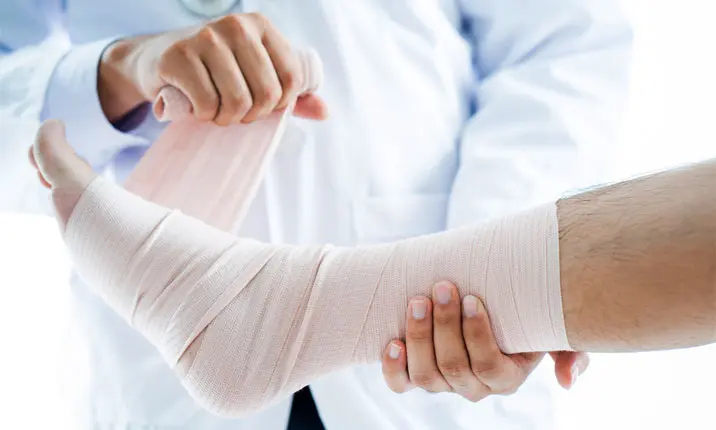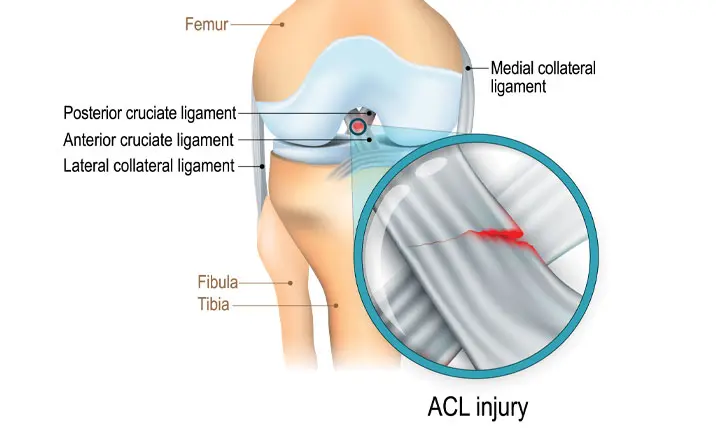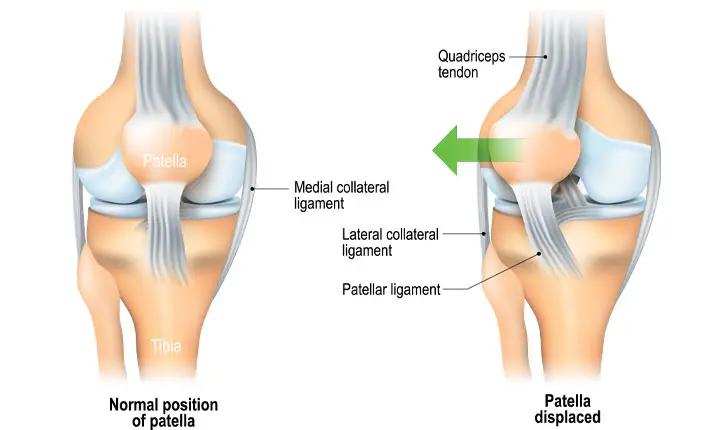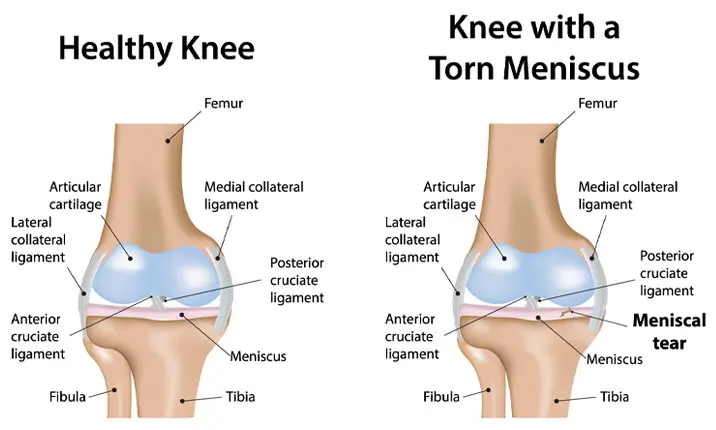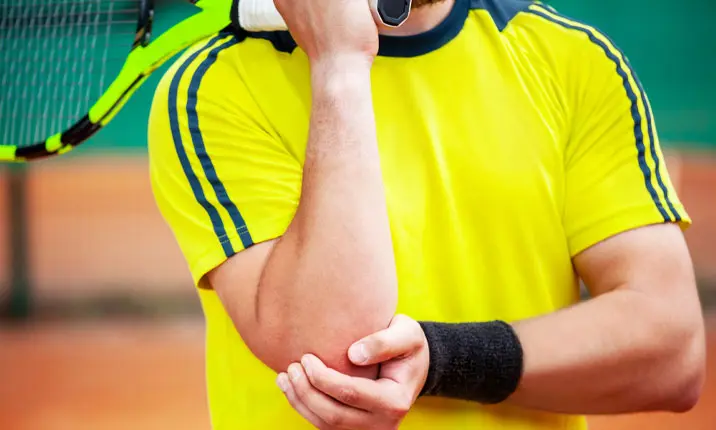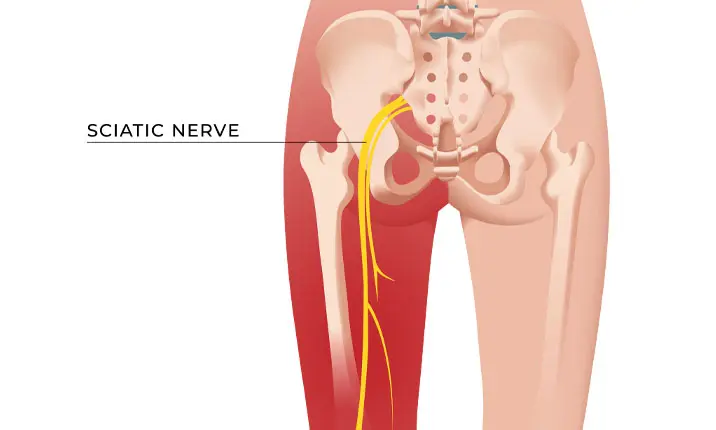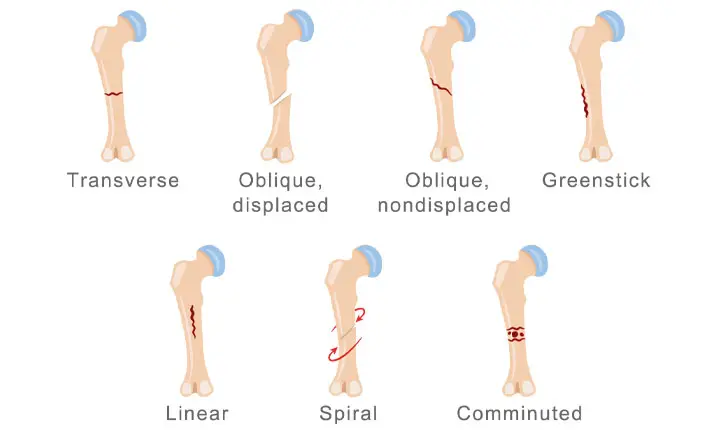You have probably heard or read about major athletes quitting their elite careers midway as a result of sustaining injuries. You might have thought to yourself, what a pity it is for someone so talented in a sport to be forced to leave the field. Truth is, many young athletes may be well on their way to sabotaging their own bodies (and potential sports career) by neglecting their body's needs.
Here's how 10 sports injuries you sustain now can have long-term effects on your life.
Sprain
A sprain happens as a result of stress to the ligaments or joints. It is one of the most common sports-related injuries. If you've suffered a sprain injury before, you would know that the less serious ones naturally 'heal' over time, so it is unsurprising that many of us may think lightly of a sprain injury.
However, you're advised to use a brace for proper healing. Those who have suffered a severe sprain in the past are susceptible to new sprains in the same spot. Most notably, one of the risk factors of a sprained ankle is having ankle instability. More severe cases require prolonged bracing and a possibility of surgery to repair ligaments.
Hamstring strain
The hamstrings are tendons that attach the large muscles at the back of the thigh to the thigh bone. Hamstring strains are typically caused by rapid acceleration activities – activities that require you to pick up speed in a short period of time. Injuries can range from a minor strain to a major rupture. In the long run, continuous hamstring injuries can affect your mobility and your flexibility. If you continually hurt your hamstrings doing something such as sprinting or jumping, you need to take steps to prevent a recurrent injury.
Hamstring strains are one injury where professional guidance is highly recommended for both an accurate diagnosis and a good chance of avoiding repeat hamstring injuries. Treatment depends on severity of the strain and may include wearing a splint, physical therapy or surgery.
Stress fractures
It could range from a tiny crack in the bone to severe bruising within the bone. Stress fractures occur in weight-bearing areas, like the heels of our feet or our wrists, where we subconsciously place pressure on to support our movements. Sports science research confirms that approximately 60% of all athletes who have sustained a single stress fracture will later sustain at least one other. Stress fractures that aren't properly managed can lead to larger, harder-to heal stress fractures, or even chronic problems where the fracture never heals. That means constant discomfort and limited movement of the area where the stress fracture has occurred.
Stress fractures are treated several ways, based on the location and severity of fracture. Treatments your doctor may recommend include applying an ice pack, adjusting your position to reduce swelling, using protective footwear or crutches, and medicines for pain relief and swelling.
ACL Injury
An anterior cruciate ligament injury is the over-stretching or tearing of the anterior cruciate ligament (ACL) in the knee. A tear may be partial or complete. It is most commonly torn in sports that involve sudden stops, jumping or changes in direction – such as basketball, soccer, football, tennis, downhill skiing, volleyball and gymnastics. Depending on the severity of your ACL injury, treatment may include rest and rehabilitation exercises to help you regain strength and stability or surgery to replace the torn ligament followed by rehabilitation. However, athletes who undergo surgical replacement of the ligament are at risk of undergoing a 2nd surgery later on. Repeated surgeries means you may never recover the original strength or condition of the ligament in your knee, making your chance of repeated injuries high.
Patella dislocation
Also known as a kneecap dislocation, a patella dislocation occurs when the kneecap comes out of its normal position. It may reduce spontaneously and return to its proper place on its own. This form of injury is common in sports that involve spontaneous or sudden change in direction (eg. badminton and tennis). It puts an immense amount of stress on the knees to support your weight as you switch direction. As with most injuries, kneecap dislocation leaves you in pain and you'll experience temporary inability to walk. Repeated dislocations, however, can make that a permanence.
Most dislocated patella can be treated without surgery. Common treatments include reduction (manually moving the kneecap into place), joint aspiration to remove any excess fluid, immobilisation with a cast or brace, and using crutches to reduce pressure.
Meniscus tear
The meniscus is a piece of cartilage that provides a cushion between your thigh bone (femur) and shin bone (tibia). There are 2 menisci in each knee joint. They can be damaged or torn during activities that put pressure on or rotate the knee joint. When a meniscus tear occurs, you may hear a popping sound around your knee joint. You may also experience a slipping or popping sensation, which is usually an indication that a piece of cartilage has become loose and is blocking the knee joint. The constant rubbing of the torn meniscus on the articular cartilage may cause wear and tear on the surface, leading to degeneration of the joint, which will eventually compromise your mobility.
You should treat a meniscus tear with conservative techniques initially including rest, ice, compression, and elevation (RICE method). Pain medication is helpful to reduce pain and swelling. Proper positioning and physical therapy further help to increase knee mobility and stability. If your knee isn't responding to the treatments, your doctor may recommend a surgery.
Tennis elbow
As its name suggests, tennis elbow, or lateral epicondylitis, is a condition that's caused by the overuse of the elbow. Tennis elbow is an inflammation of the tendons that join the forearm muscles on the outside of the elbow. The forearm muscles and tendons become damaged from overuse. This leads to pain and tenderness on the outside of the elbow. If the pain persists even after ample rest, it could be a case of nerve damage. Left untreated, tennis elbow may become chronic and last for months and sometimes even years. This is especially true if treatment is focused only on relieving pain and not on correcting the muscle weakness and bad habits that might have led to your condition in the first place.
A tennis elbow usually heals on its own. To recover more quickly, you can try icing your elbow, using an elbow strap, performing range of motion exercises, getting physical therapy, and taking medications for pain. In severe cases, you may need surgery after 2 to 4 months of no response to conservative treatment.
Shoulder dislocation
Although unimaginable to non-athletes, it is possible to exert so much force that it displaces your shoulder from its socket. In that state, there'll be generalised swelling, loss of shoulder contour and restricted arm movement until fully recovered. Unfortunately, once you've dislocated your shoulder, you are likely to dislocate it again. Recurrences are relatively high for dislocation injuries. Recurrent shoulder dislocations also stretch out the ligaments. In treating shoulder dislocation, you should seek medical advice on early surgical treatment such as arthroscopic stabilisation of the shoulder to lower the chances of a second injury.
Sciatica (Lower back pain)
The term sciatica describes pain – and possibly tingling, numbness, or weakness – that originate in the lower back and travel through the buttock and down the large sciatic nerve in the back of each leg. Certain sciatica symptoms, while rare, require immediate medical intervention. Because sciatica is caused by an underlying medical condition, treatment is focused on addressing the cause of symptoms rather than just the symptoms. Sciatica pain can lead to a narrowing of the spinal canal in the lower back, otherwise known as spinal stenosis. In addition, pain in one's neck, otherwise known as cervical spinal stenosis, is exceedingly more dangerous as it compresses the spinal cord. Spinal cord stenosis may thus result in severe symptoms, including body weakness and paralysis.
Fracture
On top of stress fractures, highly intense sports also put you at risk of other bone injuries – namely breaking a bone. A broken bone may cause swelling, significant bruising and tenderness around the injured area, and bleeding if the bone has broken the skin (open fracture). It's unlikely you will be able to use the affected limb. The pain associated with a broken bone can also be severe and make you feel faint, dizzy and sick. Repeated injuries to the same bone will increase your chance of arthritis in future.
Treatment of fractures aim to control pain, promote healing, prevent complications, and restore normal use of the fractured area. Treatment may include immobilisation with a splint or cast, traction to stretch muscles and tendons around the broken bone, medication to control pain, and surgery.
Causes of sports injuries
Sports injuries are usually due to overuse, direct impact, or the application of force that is greater than the body part can structurally withstand. Causes of sport injuries may include improper or poor training practices, wearing improper sporting gear, being in poor health condition, or performing improper warm-up or stretching practices before a sporting event or exercise.
Advice for athletes
As athletes, sometimes we push on despite the severity of our injuries, at other times we belittle the severity of our injuries. Either way, any form of sports injury should not be taken lightly. As long as you have sustained an injury, remember there's a chance that it can become worse without proper treatment.
Be sure to take sufficient time off to fully focus on recovery so that you can return to the field as good as before. A specialist will be able to advise you on treatment or recovery plans to prevent the long-term effects that may happen if the condition is not managed.
At other times, remember to adopt safe practices while training or during an actual competition. While some injuries are not within our control, it is not entirely impossible to prevent injuries. During your regular training sessions, always ensure you set aside days to rest so your muscles can recover.


